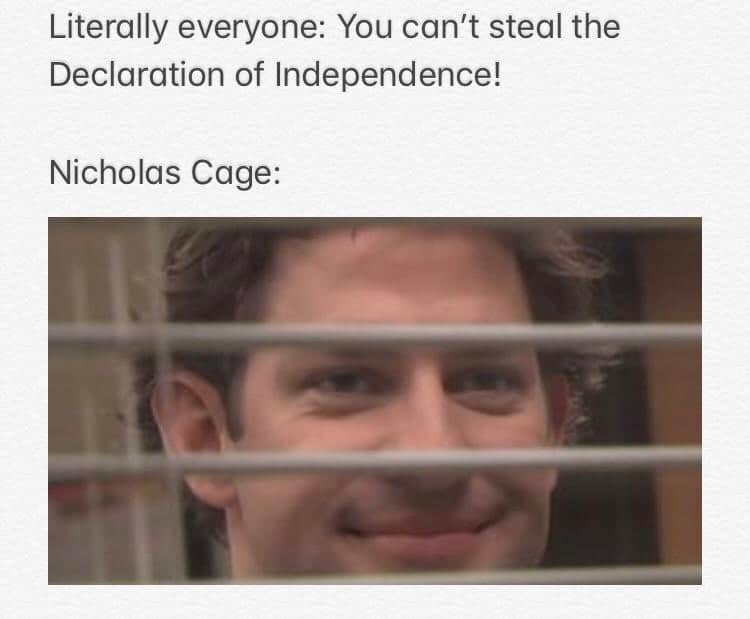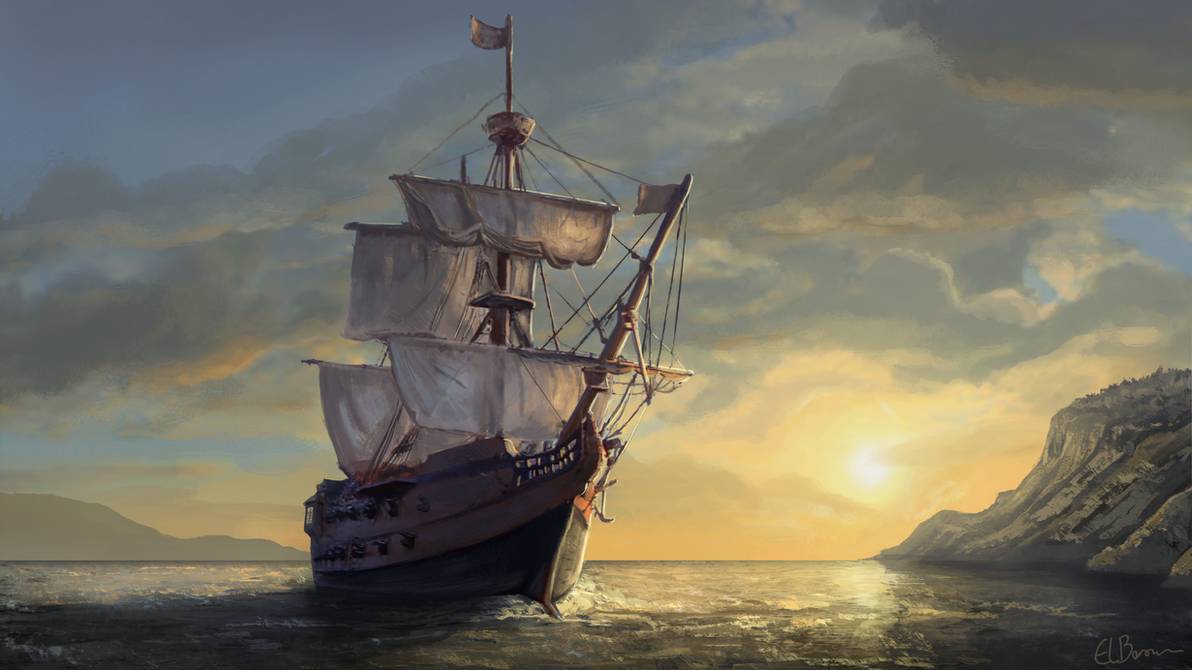Target Audience: 10th Graders: Introduction to U.S. History Class
Lesson Content: In this lesson students will observe three historical documents from different timelines of the U.S. One question or topic you could note is slavery during this era. How did slavery before and after play a role in American history and what does independence have to do with slavery

In this class, we will observe three historical documents from the origin of the United States of America:
The Declaration of Independence,
The U.S. Constitutional Amendments
And the Emancipation Proclamation
I advise you to throughly skim the text and think about these guiding questions:
- Why were these documents written?
- What would happen if these documents did not materialize?
- What is the message of the text?
Don’t just read the text. Imagine that you are present during these times. Think about the setting: the place and the year. What is the stance on each of the people that sign the document? And look at the words and how is it different from today’s language
Featured image citation: https://www.google.com/amp/s/amp.reddit.com/r/DunderMifflin/comments/cv6w1v/national_treasure_meme_i_made_a_while_back/
Image citation:
https://www.cnn.com/2019/07/04/us/declaration-of-independence-full-text-trnd/index.html
Teacher’s Guide: Using these documents make some connections with these texts.
- One of these documents was written so that the United States would become an independent state and that no one else would have claims to it
- If non of these texts would materialize, then the United States would still be a dependent state. The British would still have control of it and who knows what would it be today





